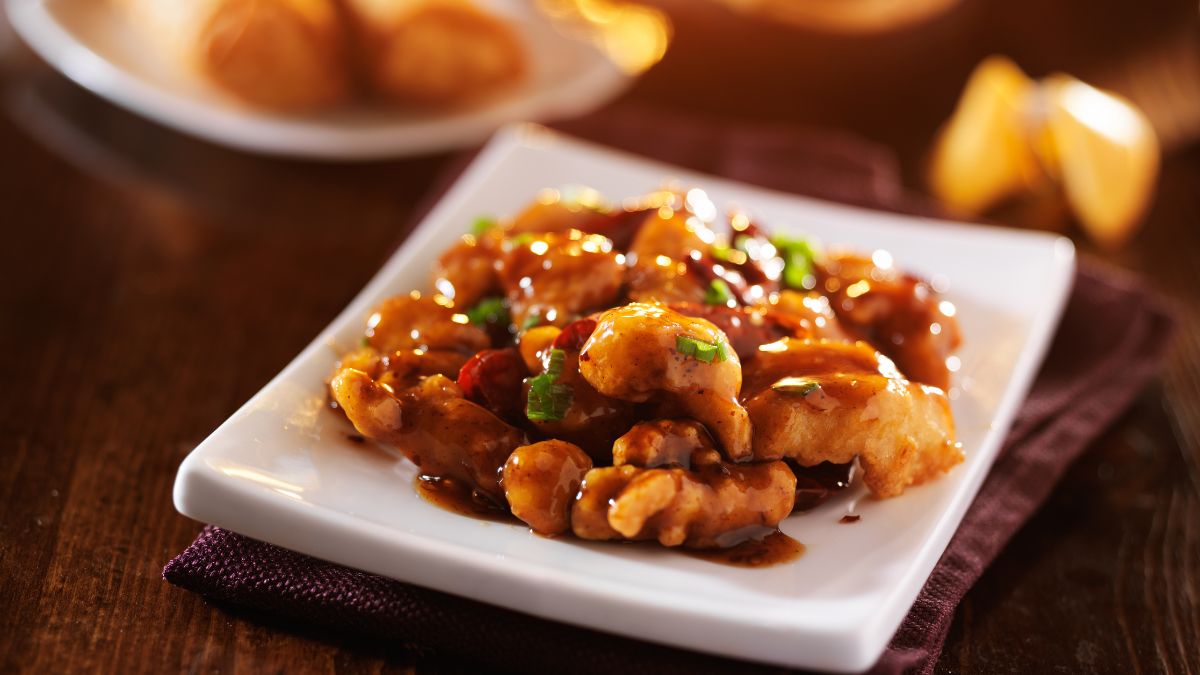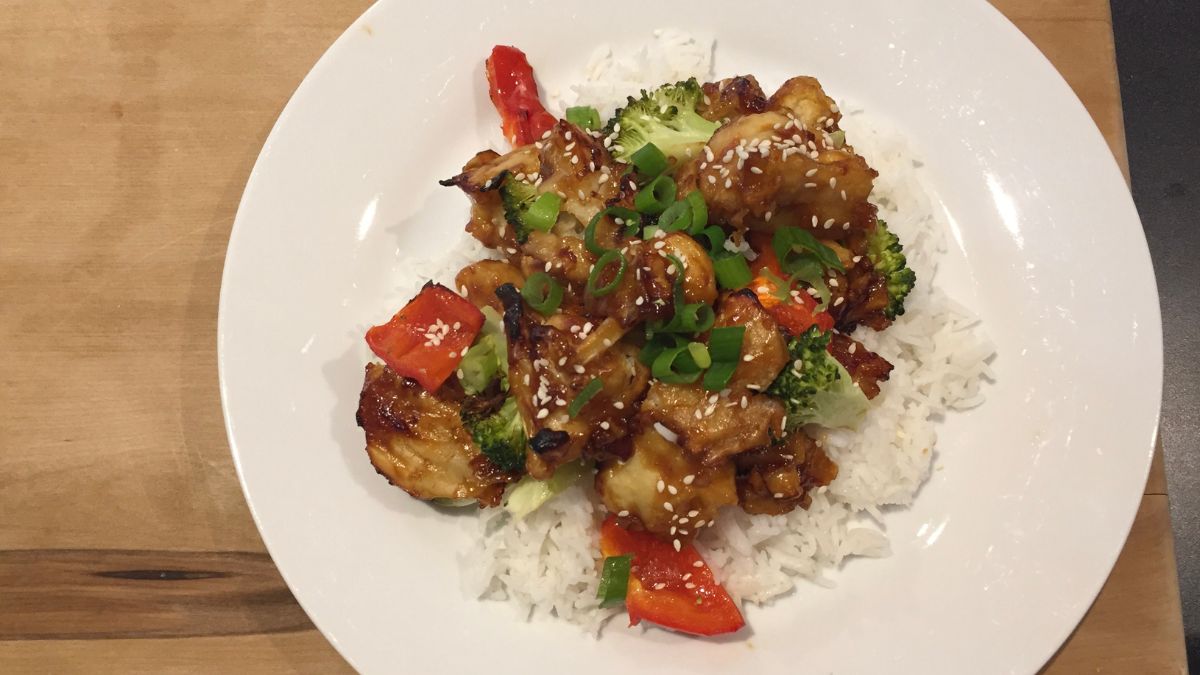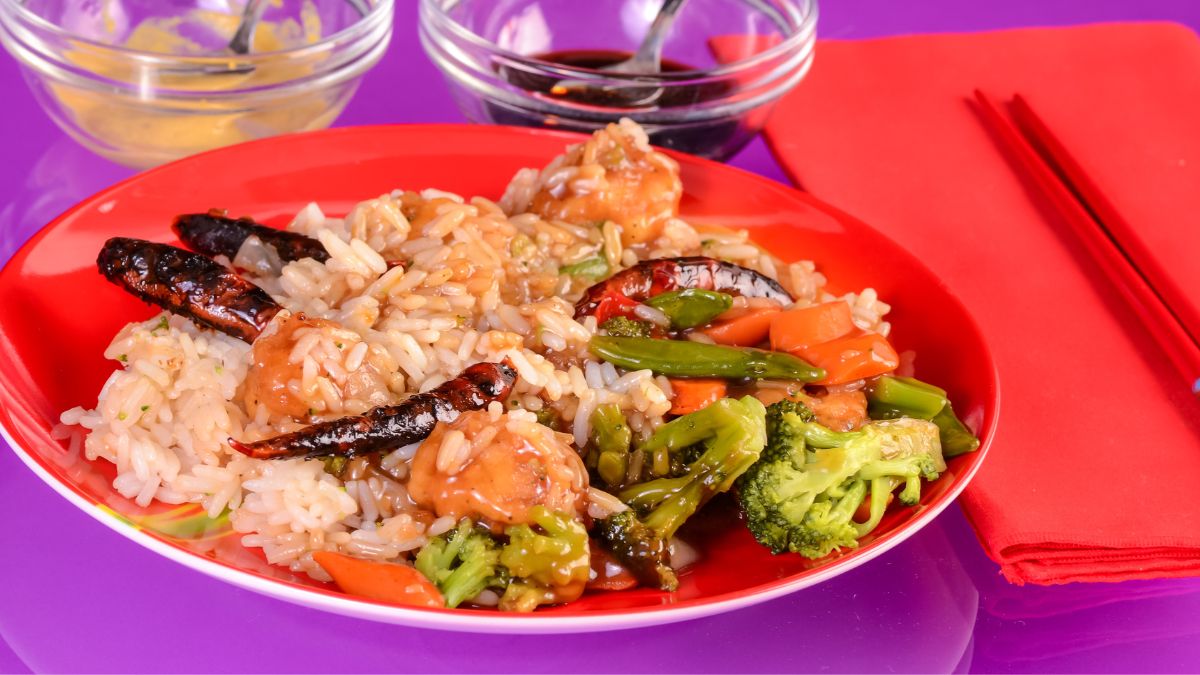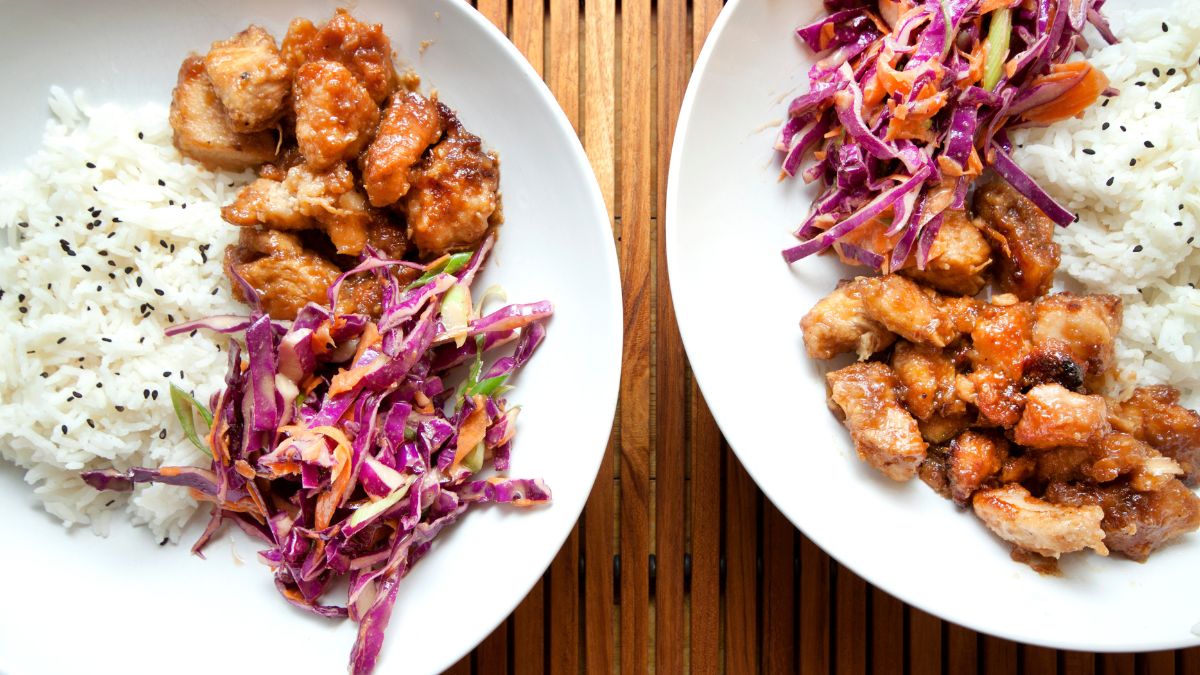12 Vegetables that Go with General Tso’s Chicken

General Tso’s Chicken is a trusted favorite that always hits the Chinese takeout spot. Its crispy and slightly sweet profile successfully captured people’s taste buds worldwide. But have you ever considered adding more vegetables to this already delicious dish? Imagine the extra burst of flavor and color you’ll get on your plate!
Let me show you twelve of the best veggies you can add the next time you cook General Tso’s Chicken.
Broccoli

Broccoli is a staple that pairs perfectly with General Tso’s sauce. Each floret soaks up the flavor as it cooks, leaving you with a tasty treat in every bite. If you add it near the end of the cooking process, its crunch can provide a nice contrast to the other softer vegetables.
Is each piece too big for one bite? Slice each floret in half during preparation, or consider using Broccolini instead.
Snow Peas
Snow peas are a classic addition to many Chinese dishes, and for a good reason. Not only do they add a subtle sweetness, but they also add a color contrast to the other bright and eye-catching veggies on the dish.
Leave them in long enough, and they’ll start soaking up the sauce as well. And thanks to their flatness, they won’t crowd up your plate as the bulkier veggies do.
Bell Peppers

Bell peppers can add both flavor and texture to General Tso’s Chicken. They bring a splash of color to the dish, especially if you use green, red, and yellow simultaneously.
If you’re not a fan of a crunchy pepper’s flavor, cook them a little longer to soften them. And if the bell pepper taste is still a bit strong for you, stick to using yellow ones. It has a milder, sweeter taste than the other two.
Bok Choy
Bok choy (or pak choi to others) provides two different flavors and textures. The leaves absorb the sauce and softly blanket anything it covers, while the white stems give a much-needed crispness and sweetness. It also incorporates itself into the sauce while keeping a hint of its identity.
If you find bok choy’s flavors a bit too strong for your liking, use baby bok choy instead. It’s sweeter yet still mild, and it’s more tender than its fully-grown counterpart. And because they’re smaller, there’s less waste if you decide to add only a handful of bok choy slices.
Zucchini
Zucchini adds softness and mild flavors to the dish, making it an excellent yet unintrusive addition to your plate. They don’t affect anything tastewise, but each slice will eagerly absorb the sauce to help you enjoy them further. The extra color and vitamins are a nice bonus, too.
Carrots

Carrots, sliced whichever way, should be a staple to just about any dish; after all, they add a pop of color and sweetness to whatever you’re cooking. And it doesn’t matter whether you cook the carrots soft or crunchy – adding it helps stop our parents from nagging about our eyesight. That’s always a win, right?
Water Chestnuts
Water chestnuts add an interesting (and sometimes unexpected) texture to dishes such as General Tso’s Chicken. They don’t have a strong taste, but they definitely make themselves known once you bite into them.
If you want an occasional surprise to break up the texture monotony, consider tossing a few water chestnuts into your dish.
Baby Corn
Baby corn is always a fun addition to any dish, including this Chinese-American dish. They’re crunchy, slightly sweet, and cute. They won’t overpower your dish, but they can make your plate eye-catching. Then again, who would want to pass up the opportunity to eat an entire tiny cob of corn? Unless you’re allergic, of course.
Cabbage

Cabbage is always a solid addition to General Tso’s Chicken. Cook it briefly to get its crunchy texture, or cook them early to let them soften and absorb the flavors. And if you want a nice color contrast, use both red and green cabbages.
Alternatively, you can serve the cabbage on the side. It will bring freshness and balance the taste.
Asparagus
You wouldn’t normally expect asparagus spears in General Tso’s, but that’s what makes this addition an excellent one. Their slightly sweet flavor and crunch stand out well but always maintain the general flavor of the dish. You can add just the tips if you’re unsure about them or nervous about the rest of the spear being too fibrous.
Green Beans
Green beans appear in many Chinese-based dishes. The bean’s subtle taste works well with savory sauces, and its slight crunch reminds you that you’re eating something healthy.
Slice them as long or as short as you want, but one thing’s certain – they won’t compete for plate space, unlike other veggies.
Mushrooms
Mushrooms may not be a vegetable, but I’d be remiss if I left them out of this list. After all, sliced mushrooms a nice earthy flavor to the dish, and it’s an excellent yet natural source of umami. Add them early into the cooking process to enjoy the mouthwatering scents, then treat yourself to a burst of flavor once fully cooked.
